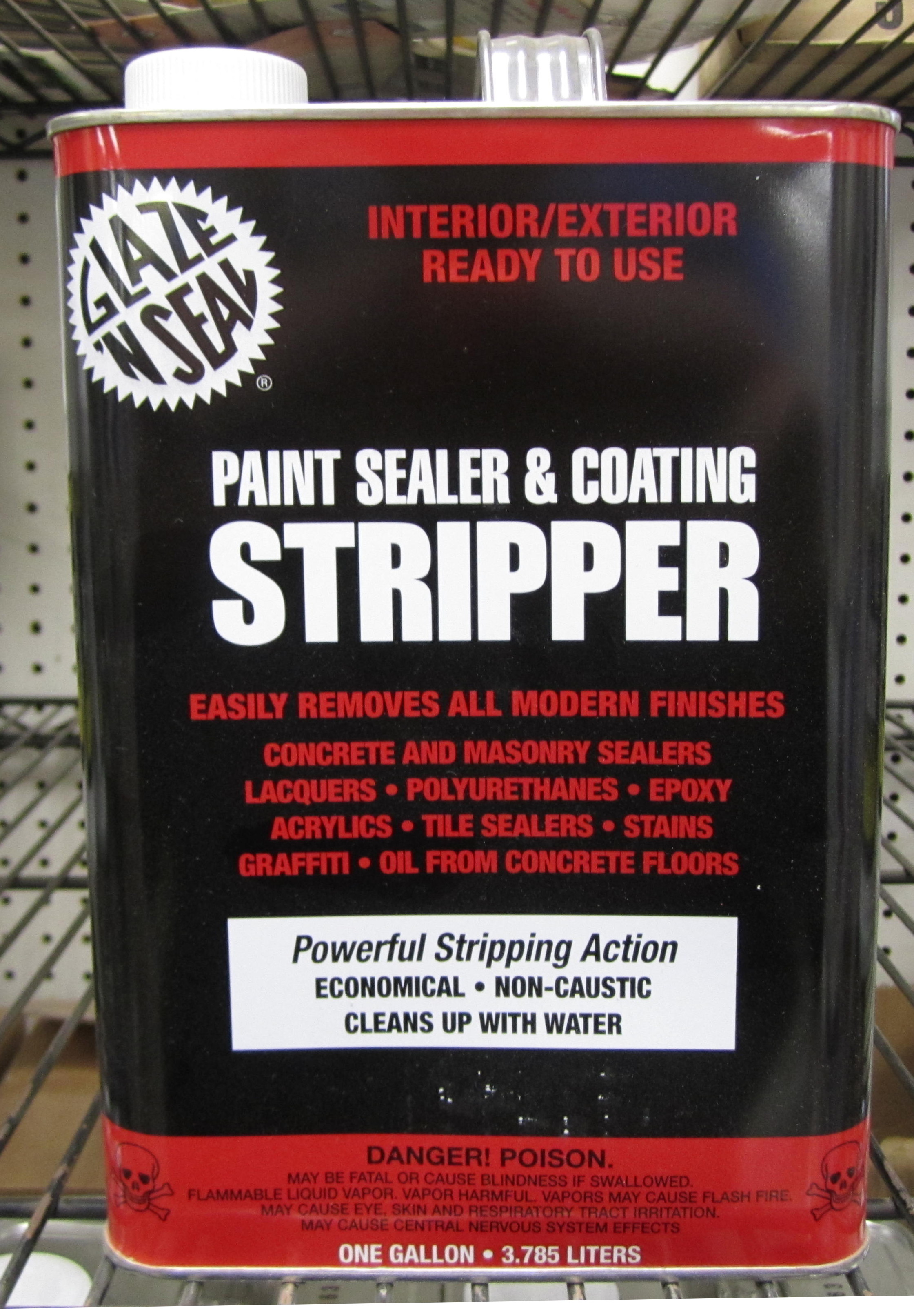
Scoop stripper using your putty knife and begin to smear it onto the surface. Grab your plastic sheeting, paint stripper, putty knife, and your cheap paintbrush. Read More > What Are The Best Heat Guns To Remove Paint With? Step 4: Apply The only point there would be to sanding the surface is to, once again, help it ventilate so that paint stripper may possibly penetrate deeper down into those layers of old paint. There's no need to worry about anything cosmetic, at this stage, as that top layer is coming off anyway. You may opt to use some sanding method on the surface prior to stripping, but it certainly isn't necessary. This will open the pores in the painted surface up allowing paint remover to work down into the many layers of paint that have built up over the years.

Be sure to rid it of any dust, loose paint particles, and dirt.

Thoroughly wash the area that you're stripping. Now that you know it works, get ready to treat your entire surface. You saw that the product worked as advertised and you've even built some experience working with it. The goal is that the product removes the paint on your test area, without any undesirable effects, including discoloration. After your see the intended outcome on your test area, you'll be ready to treat the rest. Once protected, you'll be using your cheap paintbrush to apply paint stripper on a small area of the larger surface.Ĭonsult the remaining steps in this guide for applying and removing material from your test area only. See this CSPC guide on proper respirator use while using chemical paint strippers. The bare minimum list of protective gear that you'll want to wear working on this are the following: This includes a respirator, safety glasses, and chemical-resistant gloves. Lay your disassembled pieces flat and apply your material to them, complete the entire process, and once all surfaces have been scraped of their paint, return all hardware and reattach each piece to its original mounting point.īefore doing anything, put on your safety gear. Remove cabinet doors, drawers, and any hardware such as knobs and pulls and put them aside in a safe place. That will help in uniform coverage as well as drip prevention. On these sorts of delicate tasks, you really want to limit the thickness to prevent dripping.ĭo this by applying your paint stripper material starting from the top of the piece and going down covering the entire surface as you go.

This makes it stick better and will prevent running, dripping, and will save you valuable time that'd otherwise be spent cleaning up. If so, then definitely select a paint stripper advertised to have a thicker consistency. Simply scan the product's label and any related product information when buying online and ensure that the product is designed for the specific surface type upon which you intend to apply it. One formula may be best for use on wood, while another may be best suited for brick, metal, or concrete. There are many paint strippers on the market and each specializes in their own particular uses. Read More > What Are The Best Paint Strippers Out There? Select by surface type These will protect you from any adverse health effects that would result from direct exposure to these compounds. You're going to want to invest in a quality respirator and pair of thick chemical-resistant rubber gloves.
EASYTIME PAINT STRIPPER HOW TO
Paint stripping can be a potentially dangerous task that absolutely requires a proper understanding of the materials, their application, and how to cleanup properly. What Do You Need to Know About Using Paint Stripper?


 0 kommentar(er)
0 kommentar(er)
